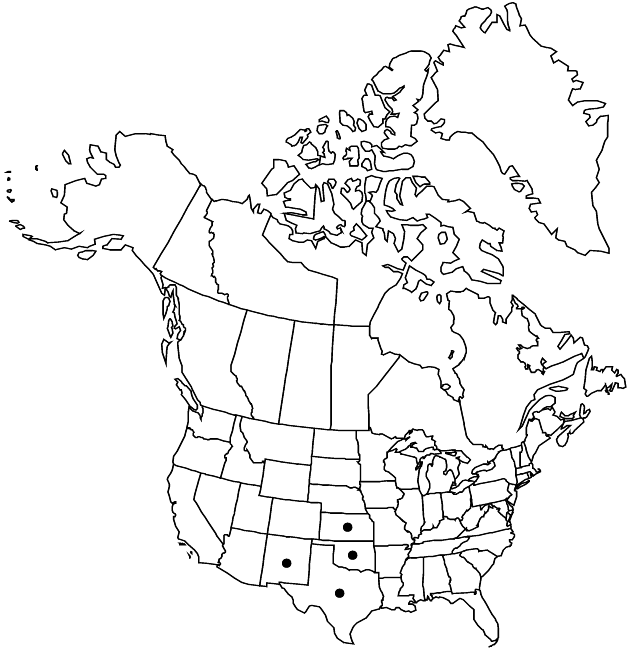Tetraneuris linearifolia var. linearifolia
Synonyms: Tetraneuris linearifolia subsp. dodgei Cockerell Tetraneuris linearifolia var. latior Tetraneuris oblongifolia
Plants 16–40+ cm. Stems 1(–6), erect, branched distally. Leaves ± hairy, sparsely to densely gland-dotted; basal blades spatulate to oblanceolate, entire or with 2(–6) teeth or lobes; proximal cauline blades narrowly spatulate to linear-oblanceolate, entire or with 1–2 teeth or lobes; mid blades linear-oblanceolate to linear, (0.9–)1.4–3(–4.8) mm wide. Peduncles (8–)9–14(–19) cm, ± hairy. Involucres (5–)6–7.8(–9) × (7–)8–11(–12) mm. Outer phyllaries 8–16, margins often scarious, abaxial faces ± hairy. Ray florets 9–20. Cypselae 1.5–2.1(–2.5) mm; pappi of 4–7 aristate scales 1.2–1.9(–2.5) mm. 2n = 28, 30.
Phenology: Flowering (Jan–)Apr–Jul(–Dec).
Habitat: Roadsides, hillsides, pastures, open areas, edges of woods
Elevation: 30–2700 m
Distribution

Kans., N.Mex., Okla., Tex., Mexico (Coahuila, Nuevo León, Tamaulipas).
Discussion
Selected References
None.
Lower Taxa
None.